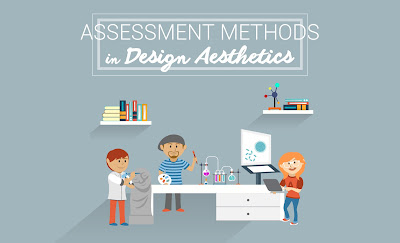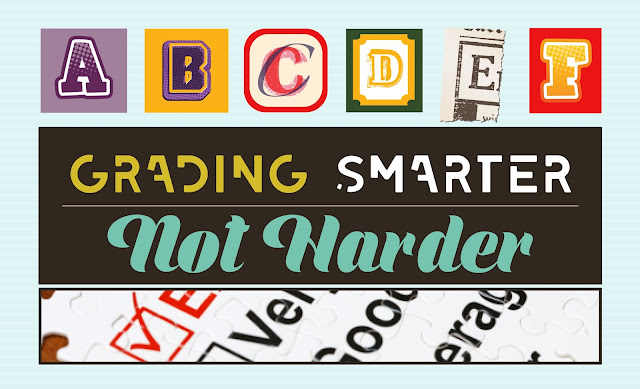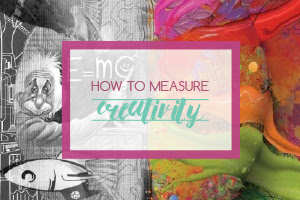Assessment Method In Design Aesthetics
ASSESSMENT
METHODS
IN DESIGN AESTHETICS
During Design Aesthetic class that lectured by Dr Tan, he taught about Assessment Method in Design Aesthetic.
There are two ways of learning design:
Approach 1 : Tabula Rasa by John Locke
Approach 2 : Americanism or Pragmatism
Approach 1
TABULA RASA by JOHN LOCKE
John Locke is an English philosopher and political theorist (1632-1704). He was laid much of
the groundwork for the Enlightenment and made central contributions to the
development of liberalism. Trained in medicine, he was a key advocate of the
empirical approaches of the Scientific Revolution. In his “Essay Concerning
Human Understanding,” he advanced a theory of the self as a blank page, with
knowledge and identity arising only from accumulated experience.
Tabula
rasa, ( Latin: “scraped tablet”—i.e., “clean slate”) in epistemology (theory of
knowledge) and psychology, a supposed condition that empiricists attribute to
the human mind before ideas have been imprinted on it by the reaction of the
senses to the external world of objects.
By using Tabula Rasa by John Locke, all
knowledge comes through the sense via experience, learning process and
reflection on experience itself.
Human can be described as "Blank Slate". The knowledge will gained during experience process. John
Locke published the idea that children are born as “Blank Slates” (a “Tabula
Rasa”), and that life experiences form who they become as adults. He stated
that knowledge should be acquired by careful observation. There are no innate
ideas whereas all knowledge comes from experience or reflection. Mind is a
blank slated written on by experience (Tabula Rasa)
Approach 2
AMERICANISM or PRAGMATISM
Pragmatism
as a philosophical movement began in the United States in the 1870s. Charles Sanders
Peirce (and his Pragmatic Maxim) is given credit for its development, along
with later twentieth century contributors, William James and John Dewey
Pragmatists
consider thought an instrument or tool for prediction, problem solving and
action. Pragmatists contend that most philosophical topics—such as the nature
of knowledge, language, concepts, meaning, belief, and science—are all best
viewed in terms of their practical uses and successes. The philosophy of
pragmatism “emphasizes the practical application of ideas by acting on them to
actually test them in human experiences”.
What Is Pragmatism?
Dr. Tan also taught us about
Four Levels of Learning
Donald
Kirkpatrick, Professor Emeritus at the University of Wisconsin and past
president of the American Society for Training and Development (ASTD), first
published his Four-Level Training Evaluation Model in 1959, in the US Training
and Development Journal.
The
model was then updated in 1975, and again in 1994, when he published his
best-known work, "Evaluating Training Programs."
The
four levels are:
- Reaction
- Learning
- Behavior
- Results
To make us understand about create a rubric and make assessment, Dr. Tan asked us to draw himself. Every student have given 2 minutes to draw him. After that, three students were chosen to became a judge to make assessment to the drawing.
From this activity, students were explained about the criterion when creating a rubrics. Based on the rubric that made, analysis and make can be given to the drawing. The rubric became the reference so that every judges know the guideline to give mark based on the characteristics.
There are
Three Methods of Assessment
Criterion-referenced assessment
- Assess performance with reference to
predetermined criteria and rubrics.
- Criterion-referenced test and assessment are designed to measure student performance against a fixed set of predetermined criteria or learning standards.
- Criteria that determined the standard usually used rubric.
Rubrics
are a tool to help you evaluate student performance. Knowing how to create and
use rubrics gives you a better understanding of assessment and another option
for assessing student performance. Rubrics are a great way to improve
communication, learning, and grading fairness.
Example of Rubric that show criteria as guideline to give mark for student that drawing Dr Tan.
Norm-referenced assessment
- Assess
performance by comparing one to his or her peers.
- Norm-referenced tests are
designed to rank test takers on a “bell curve,” or a distribution of scores
that resembles, when graphed, the outline of a bell
Ipsative assessment
- Assess
one’s performance by comparing his or her current performance to the past - performance.
- A person's performance is compared with their own earlier
performance, with a view to determining whether any improvement has been made,
or any 'added value' brought about.
Lets create rubric to know mark and level of ourselves :)













Comments
Post a Comment